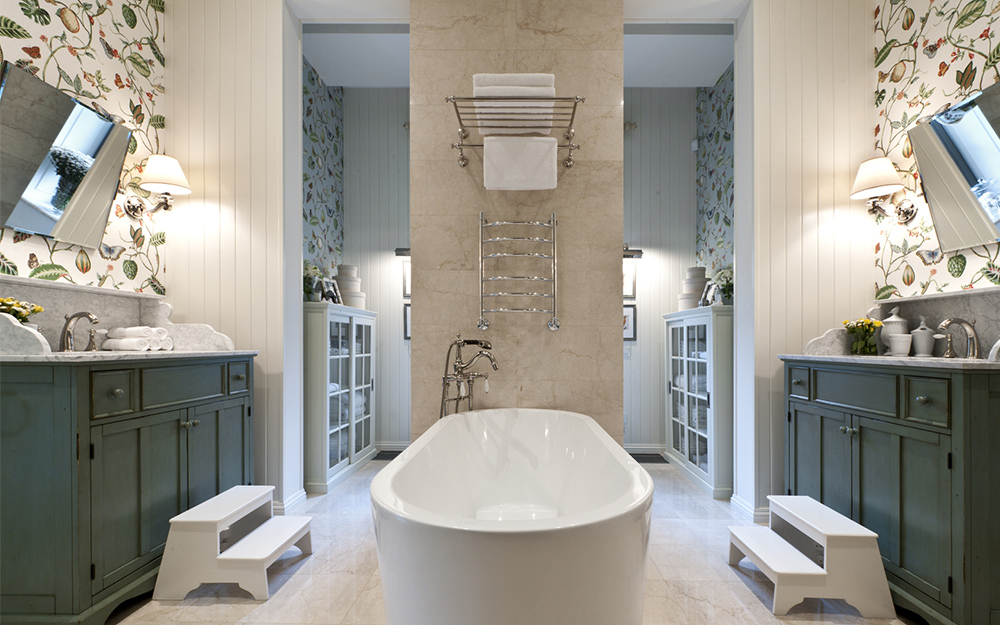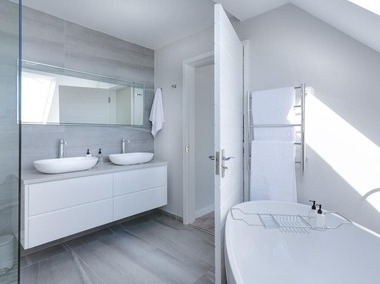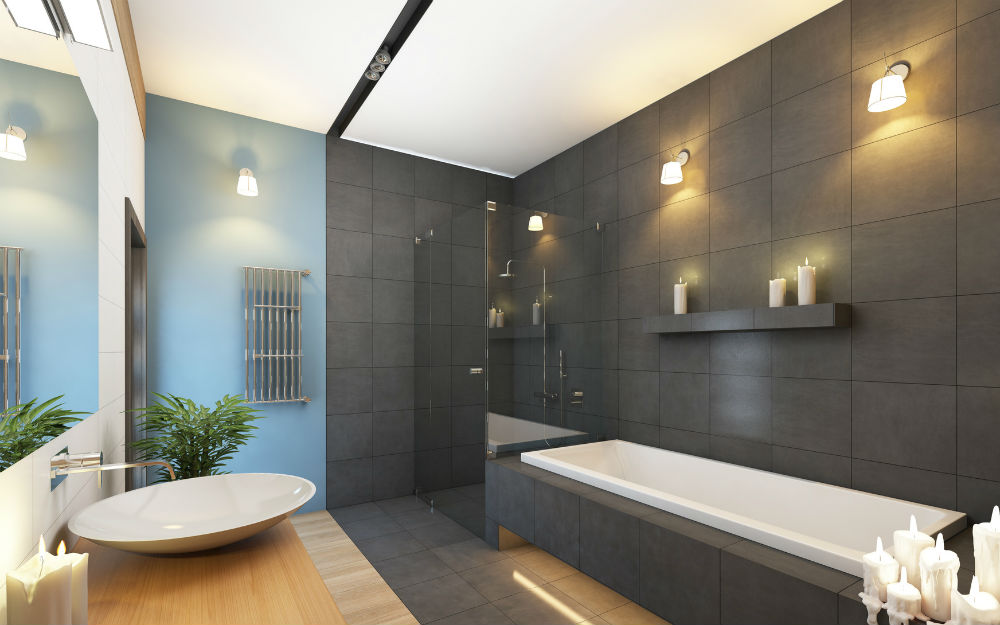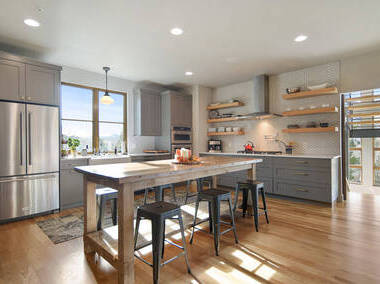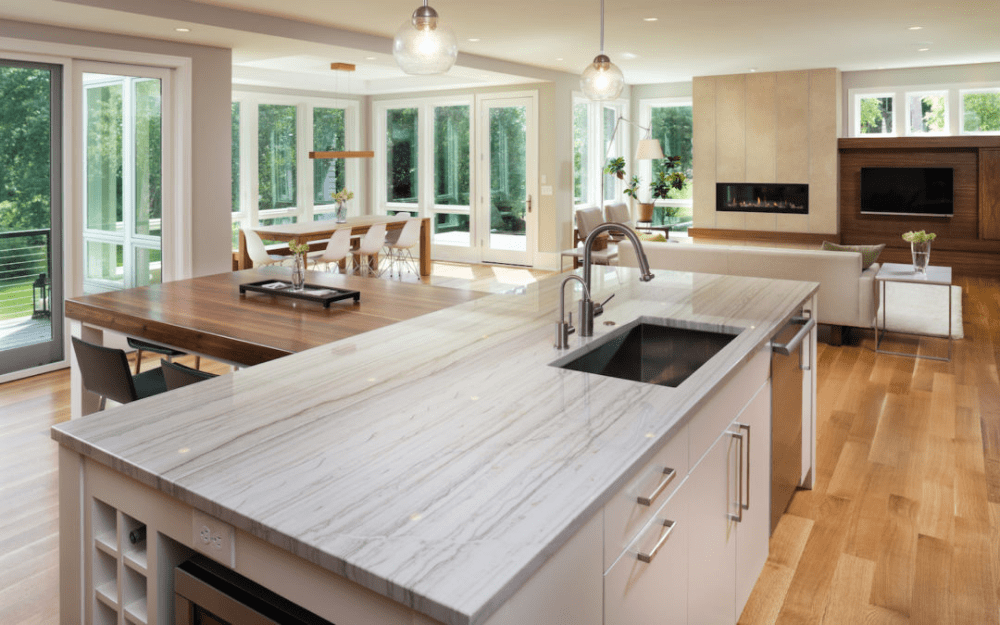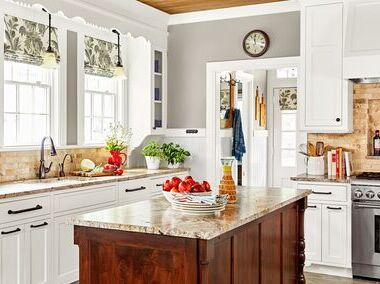How to Choose the Perfect Kitchen Sink
The kitchen sink is one of the most used parts of any kitchen and is typically used every day. Having not just a good sink, but the right sink, is much more important than people realize. Here you’ll find a few main aspects in choosing a sink.
Choosing Right Size
One of the first things you should consider is what size of sink you need. To decide how big your sink needs to be, think about what it will mainly be used for.
Sinks can start off as small as 9” in length and get up to over 36” at the higher end. That’s a wide range, but it can be broken down into some simple categories:
- Kitchen Island/Bar Sinks
- Main Kitchen Sinks
- Professional Kitchen Sinks
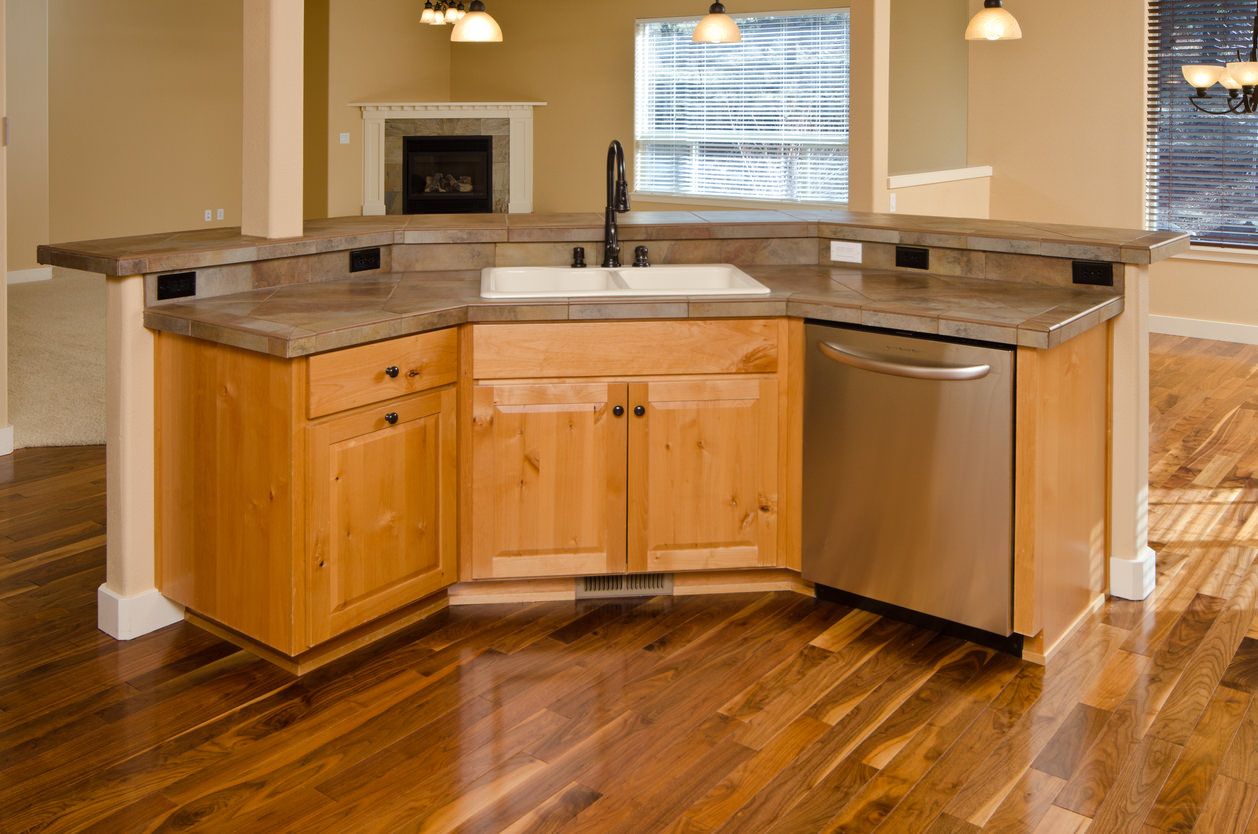
Kitchen Island Sinks
Kitchen island/bar sinks are usually the smallest kind of sinks. They are generally used for simple food preparation work and are not typically used for washing large amounts of dishes.
A good prep sink for your kitchen island would be somewhere between 9” and 24” in length. It’s a good length for any preparation work that you might need and has space for more if needed in a pinch.
Main Kitchen Sinks
This sink will do the bulk of work your sinks need to do. It should be big enough to fit the things you are planning to wash in it. If you’re planning on washing larger pots and pans, make sure the sink you buy can accommodate that. You do not want a sink that is too small.
Most kitchen sinks range between 24” and 36” in length, but the most common sinks are around 30”. Sinks of this length are ideal if you do a lot of cooking on your stove-top or if you have a larger family.
Professional Kitchen Sink
Sinks that are larger than 36” are generally considered to be used in commercial settings. Of course, if your kitchen is large and can accommodate a sink like this, you can get them for personal use.
They are usually for settings in which a considerable length is necessary and can be utilized fully.
How to Choose the Right Depth
Make sure you’re choosing a sink that is deep enough for your needs. There’s nothing worse than finding out your filthy saucepot can’t fit under the tap because your sink wasn’t deep enough.
Most sinks are between 6” and 12”, with the most common depth being 8”. The more large pots or stacking that you like to do, the deeper you’ll want the sink to be.
However, you’ll also want to consider your own height. If your sink is too deep, you might have issues reaching the bottom. If you’re not tall enough, reaching down into the sink can be uncomfortable. If you’re too tall, you’ll have to bend at awkward angles to use the sink fully.
If you’re someone who does a lot of handwashing, a deeper sink is the right choice for you. Just not too deep.
Basins
Think about how you’ll be using your sink. For a larger main kitchen sink, you’ll be able to choose whether or not your sink has multiple basins.
Multiple basins have several advantages. For one, you can fill one side with water to allow things to soak while doing the dishes. The other side could be used for washing and rinsing.
Or maybe you can put a drying rack over one side of the sink so your dishes will dry directly down the drain.
If you plan to use a garbage disposal, it is even more helpful as you can always have a basin available for the disposal machine.
Choosing the Best Material
Sinks are be made of several different types of material. Not all are useful for the kitchen setting.
Some of the more common types are:
- Stainless Steel
- Composite
- Cast Iron
Other types, such as stone sinks or porcelain, are not suitable for kitchens as they are more brittle and tend to chip easily.
Cast Iron sinks are not nearly as common as the others. They weigh much more than the average sink and are usually more challenging to install and replace. The advantage is that they are some of the most durable sinks out there.
Stainless steel and composite are not as strong, but they are much more common. If you take care of them properly, both of these types will last a long time and suit your needs.
An added benefit of the composite sinks is that they can come in multiple colors.
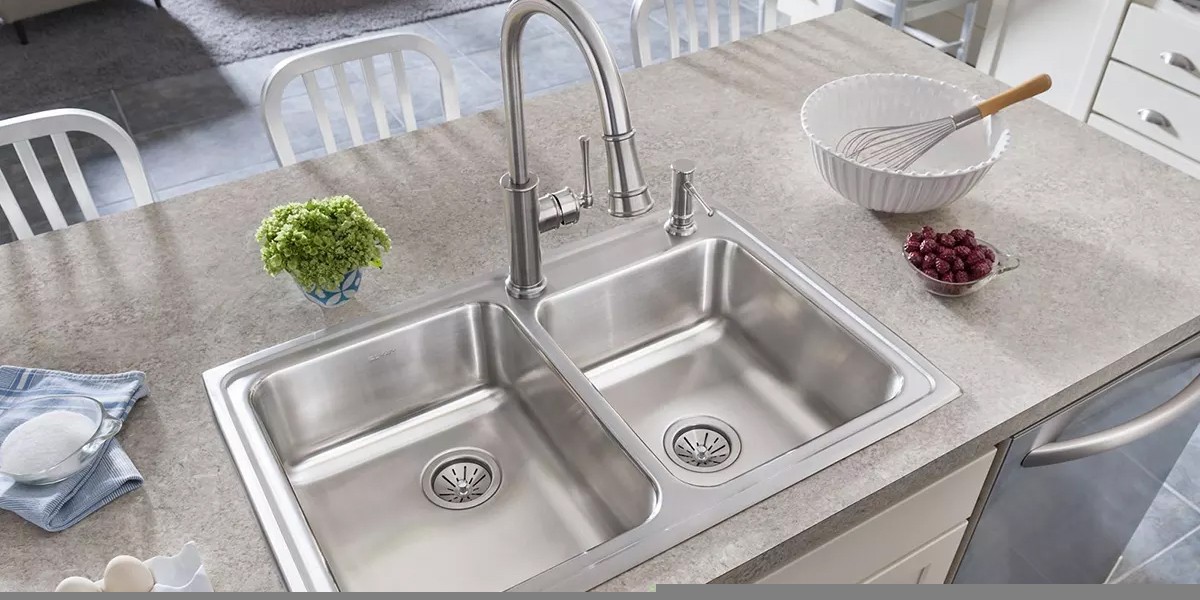
Aesthetics of Sinks
Speaking of color, it’s important not to forget about the aesthetics of your sink. Sinks come in all shapes and styles.
You need to think about how you want your sink to look. Do you want a more minimalist rectangular sink, or do you want something with more curves?
Having your sink be a unique style can be an excellent way to stand out and make your kitchen just that tiny bit more you.
Consider that the more complex your sink looks, the more difficult it will be to install and maintain. A simple circular or rectangular sink is easy to clean, but one with all sorts of angles could be hard to get at.
Choosing the right sink can be an overwhelming process, but breaking it down and looking at each aspect individually, and considering your needs can make it a much easier process.
Installing a sink, however, can be difficult. Luckily for you, there are services out there that can do that for you. They can even help you make your sink choice if you’re still struggling.
Using a specialist to help install the sink will take away a lot of major headaches, hard work, and potential self-made mistakes to your kitchen plumbing.
Getting a new sink should be fun and exciting, so hopefully this guide taught you how to choose the best kitchen sink.
